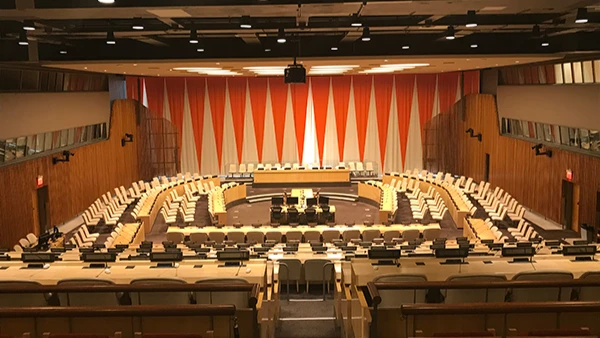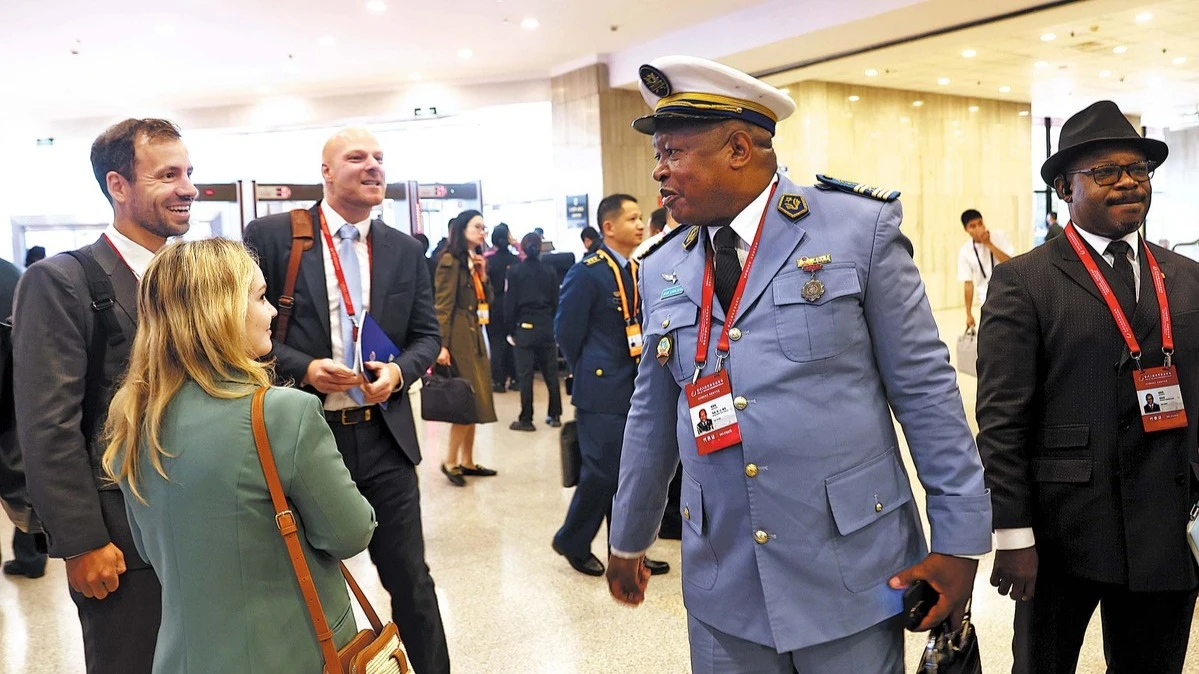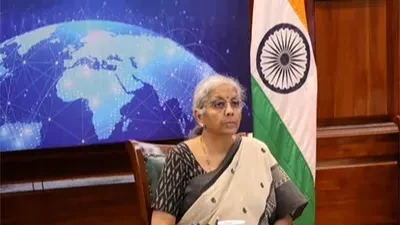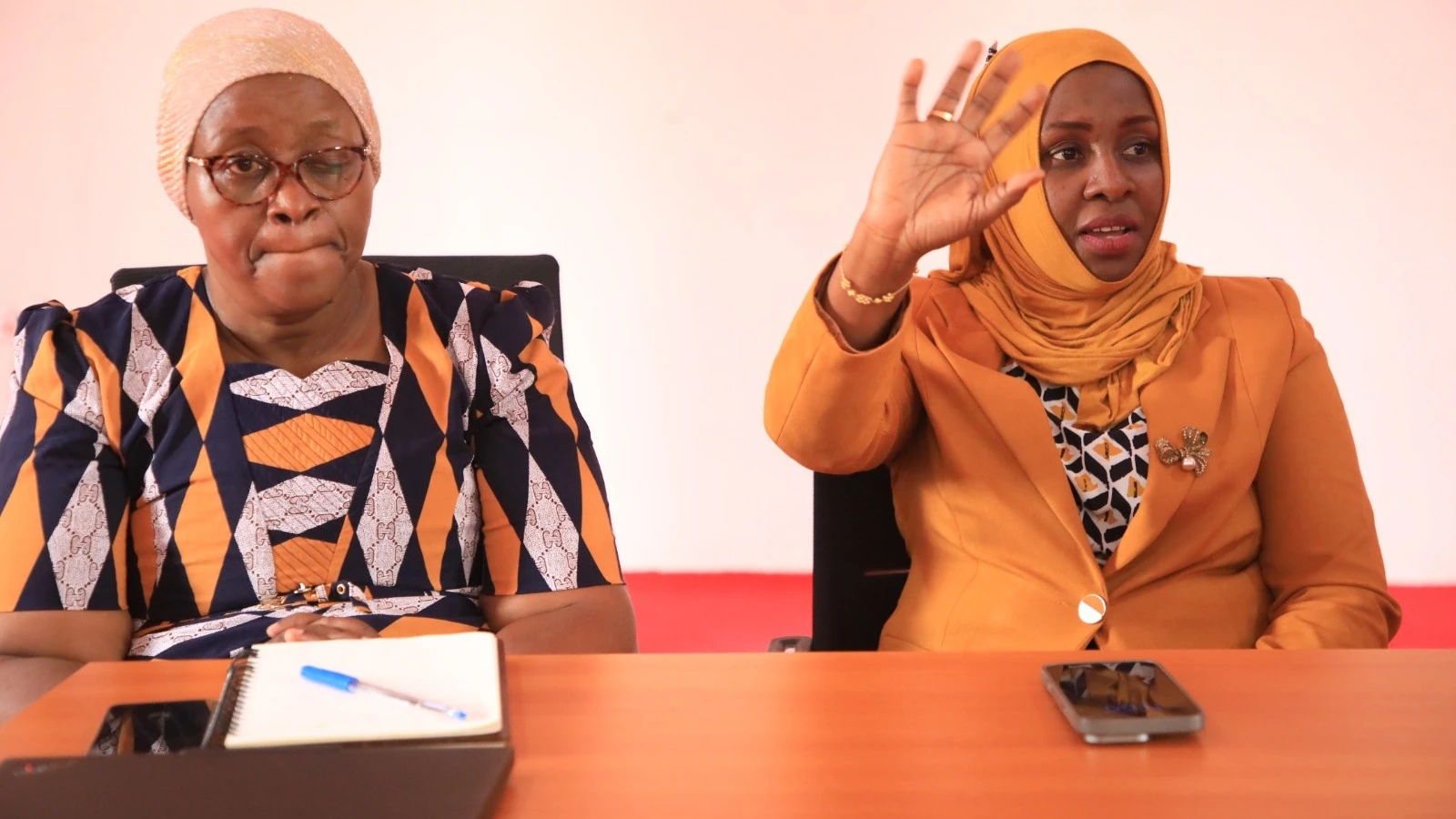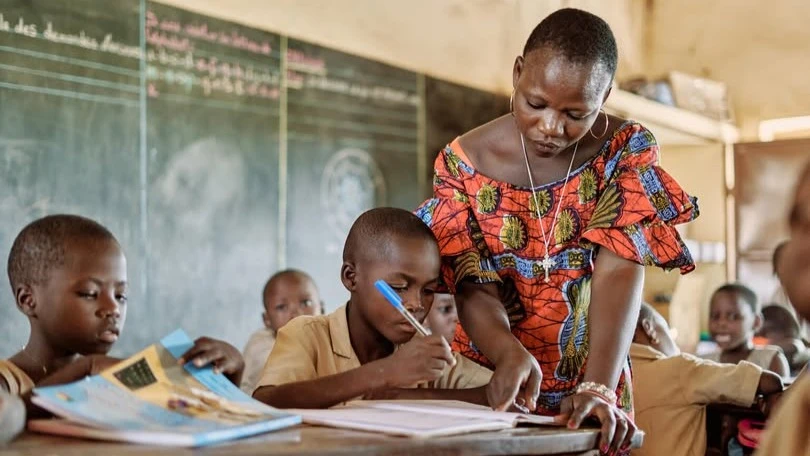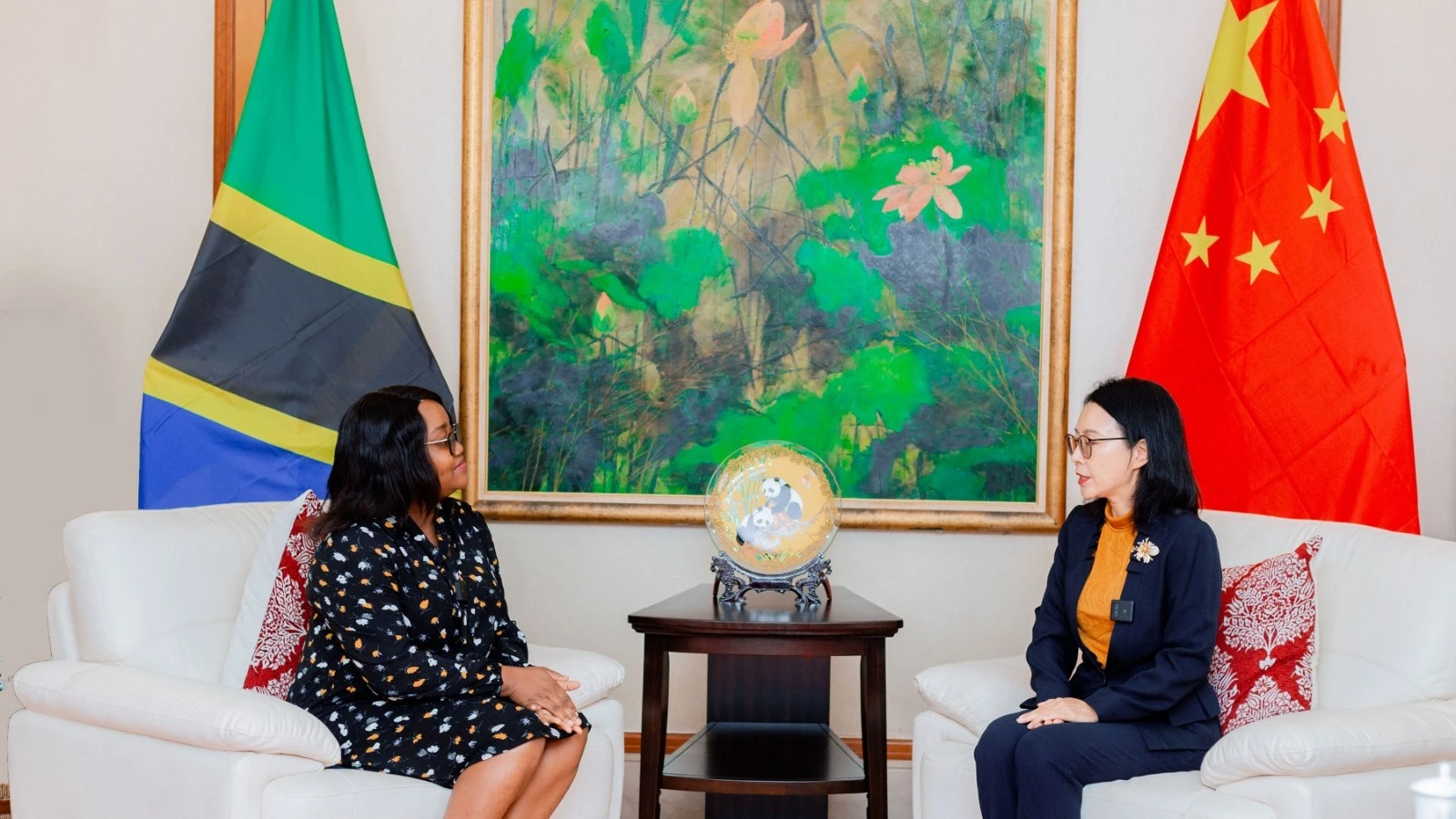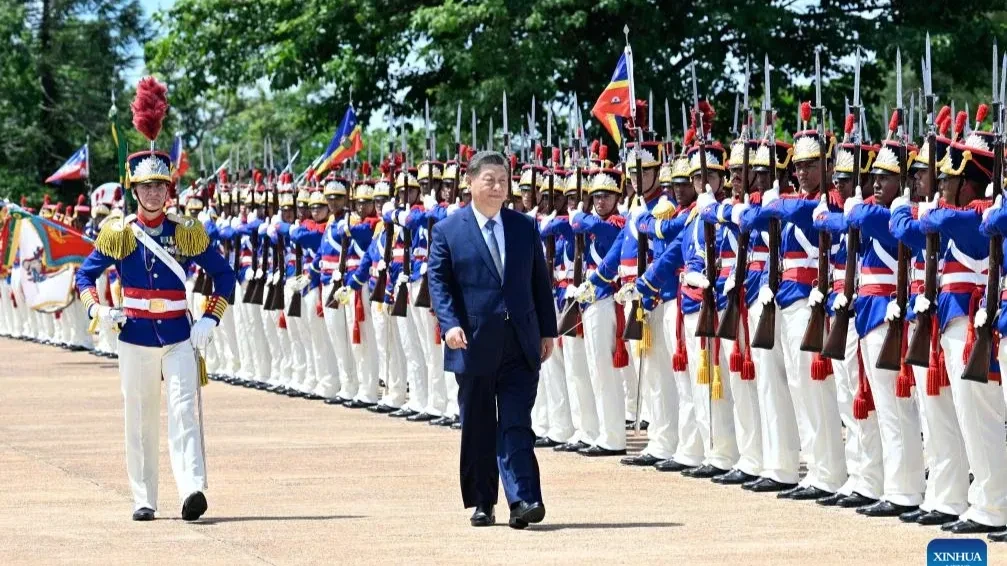Education demands shared responsibility between teachers, leaners
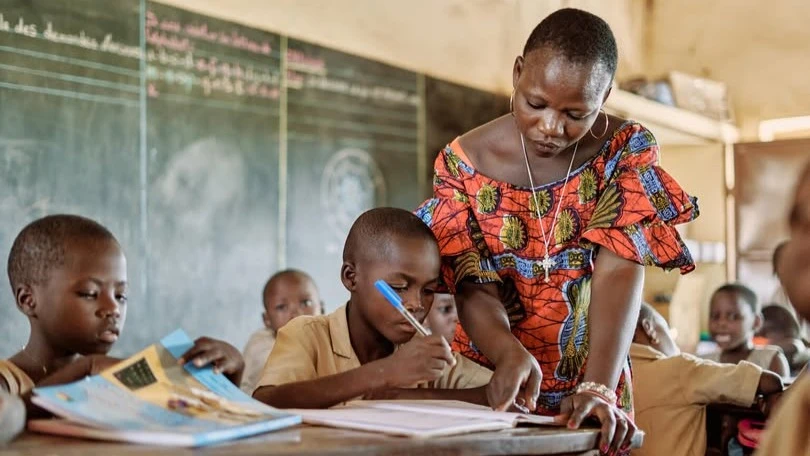
Unlike other fields where outcomes can be measured by individual effort, in teaching, success is judged by learners’ performance. This reality compels teachers to exercise extra care, creativity, and patience to achieve their goals.
To succeed, teachers must constantly devise techniques that encourage learners to participate effectively in the learning process. Learners, as the central players, hold the power to determine outcomes. Unless they willingly engage, the acquisition of knowledge and skills—essential for both academic success and life after school—remains limited.
The English proverb says, “You can take a horse to the spring, but you cannot force it to drink.” Similarly, forcing students to learn rarely produces meaningful results. Learners must feel a sense of responsibility and obligation toward their own education. When they embrace learning willingly, educational goals are far more attainable.
Creativity and innovation emerge when learners are motivated to dig deep into their studies. Self-driven learners dedicate more effort and often achieve more. This underscores the teacher’s role in inspiring curiosity and interest. The methods a teacher adopts directly influence learners’ attitudes toward subjects, which in turn affect academic outcomes.
Equally important is the teacher’s ability to relate to learners’ developmental stages. For example, Jean Piaget’s theory considers individuals from age 12 capable of adult-like reasoning. Teachers handling this group need to respect their capacity for thought and involve them in classroom decision-making.
By considering learners’ opinions when formulating class policies, teachers promote inclusion and avoid alienating students. Reaching consensus on classroom practices ensures that no group feels ignored.
Learners must also recognize the value of education. When they see learning as meaningful, they willingly engage in the process. Teachers may not always adopt every learner’s suggestion, but acknowledging their views enhances respect and trust. This recognition should never compromise educational standards but rather reflect professionalism in teaching.
Classroom organization should embody democracy, openness, and respect. What learners experience in school becomes a blueprint for the society they will shape. Schools must therefore model peace, fairness, and collaboration rather than authoritarianism.
Education should nurture qualities that promote socio-economic development. Agreement between teachers and learners is one of the most effective ways to ensure knowledge and skills are successfully transferred.
Agreement, which symbolizes peace, harmony, and readiness, is vital in the teaching and learning process. It promotes four key outcomes: cooperation, intrinsic motivation, time management, and negotiating skills.
Enhancing cooperation
Effective learning relies heavily on cooperation. While cooperation cannot be forced, it can be nurtured through trust and willingness. Cooperative learners participate actively, making teaching smoother and more rewarding. Teachers, in turn, gain motivation when they see their efforts embraced positively. Such collaboration strengthens the bond between teachers and learners, resulting in better performance.
Fostering intrinsic motivation
The most sustainable form of learning occurs when students are motivated from within. Constant reminders or external pressure often create resistance and fatigue. However, when learners understand the importance of education, they become self-driven. Teachers can instill this motivation by helping learners appreciate the long-term benefits of education. Once learners take ownership of their studies, teachers’ burdens lessen and outcomes improve.
Improving time management
A lack of interest often leads learners to waste time and achieve little. Conversely, motivated learners manage their time wisely, knowing that education is valuable. Teachers and students should work together to set clear expectations and policies that encourage efficiency.
Awareness of time management reflects personal growth, a central aim of any education system. When learners no longer need constant reminders, they demonstrate maturity and responsibility.
Building negotiating skills
Life beyond the classroom requires constant negotiation and decision-making. When teachers involve learners in classroom agreements, they equip them with practical negotiating skills.
These skills not only enhance academic progress but also prepare learners for challenges in adulthood. School becomes not just a place of knowledge acquisition but also a training ground for real-life interactions.
Teaching can be compared to selling commodities. It is easier to sell what customers already value. Similarly, teachers must convince learners of the importance of knowledge for them to embrace it.
When both parties are in harmony, teaching becomes more effective. Joint efforts between teachers and learners foster better communication, greater participation, and improved results.
Ultimately, teaching thrives where there is agreement, cooperation, and mutual respect. The most effective classrooms are those where learners see themselves not as passive recipients of information but as active participants in their own education.
Teachers, on the other hand, must create environments that encourage dialogue, respect, and shared responsibility. Only then can the intended objectives of education—personal growth, academic success, and societal development—be fully achieved.
Top Headlines
© 2025 IPPMEDIA.COM. ALL RIGHTS RESERVED






